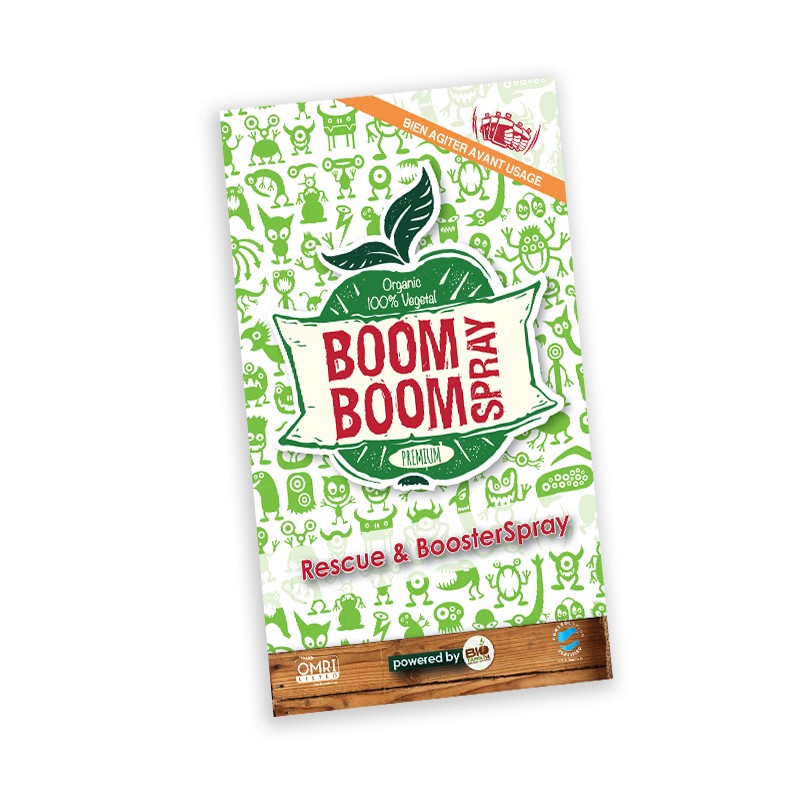Why do plants needamino acids? All plants need mineral elements to grow. They draw these nutrients through their roots along with water. These nutrients are:nitrogen (N), potassium (K2O) and phosphorus (P2O5 ) as well as sulfur, calcium, magnesium and trace elements. Plants produce and absorb amino acids, which are particularly present in sulfur andnitrogen.
During photosynthesis, the plant uses carbon and oxygen supplied by carbon dioxide (CO2) from the air. Water taken from the soil by the roots, in addition to its multiple roles in plant physiology, brings hydrogen and oxygen and mineral elements.
Nitrogen is thus taken from the soil almost entirely in the form of nitrates. The only exception is leguminous plants, which absorb nitrogen directly from the air, through bacteria located in their roots.
In nature, plants will find everything they need, but in indoor cultivation it is essential to provide the substrates with nutrients, trace elements, including amino acids.
We will see where to find these amino acids? Let's take an interest in nitrogen and sulfur.
Nitrogen - N - Nitrogen plays a determining role both on the yield and on the quality of productions. In nature, nitrogen is present in different forms such as organic form (humus with 5% nitrogen). Nitrogen plays an essential role in the synthesis of living matter (proteins, chlorophyll, enzymes...) from mineral matter. It is one of the constituents of chlorophyll which controls the fundamental operation of photosynthesis.
The mineral nitrogen is transformed in the plant into amino acids and then into proteins essential for the food of animals and man. The plants provide most of the nitrogen they need in organic form. During the active vegetation period, nitrogen also goes through phases of reorganization (transformation of mineral nitrogen into organic nitrogen).
Sulfur - S - Until the early nineties, the availability of sulfur in the soil was not a major concern due to atmospheric sulfur inputs. Sulfur is a constituent of many proteins and is a component of 3 essential amino acids.
Some species have important needs in this element (for example leguminous plants like beans, peas, lentils, crucifers like cabbage or rape, or alliaceous plants like garlic, onion, leek...). Deficiencies result, for example, in a reduction in the number of ears on cereals and a reduction in the number of full siliques for rape.
In the soil, sulfur is found in mineral and organic form. The overall richness of a soil in sulfur does not give much information on its availability for plant nutrition. The plant only absorbs it in mineral form and sulfur follows a cycle similar to that of nitrogen: mineralization, reorganization and possible leaching during winter... The main mineral fertilizers containing sulfur are sulfur ammonium nitrate, ammonium sulfate, superphosphates, potassium sulfate and some compound fertilizers.
Culture Indoor has made a selection of fertilizers containing amino acids.



